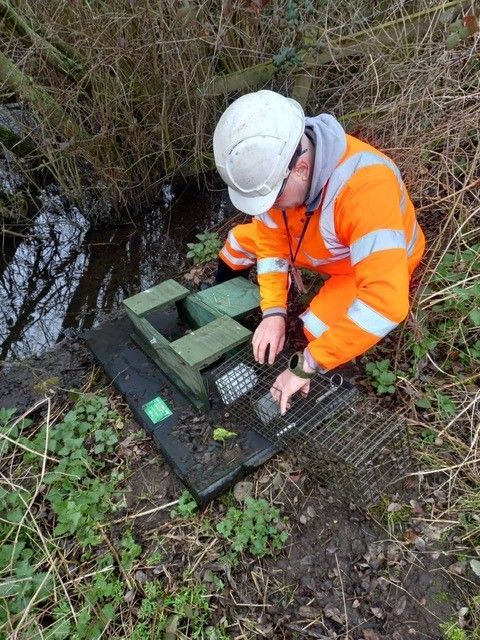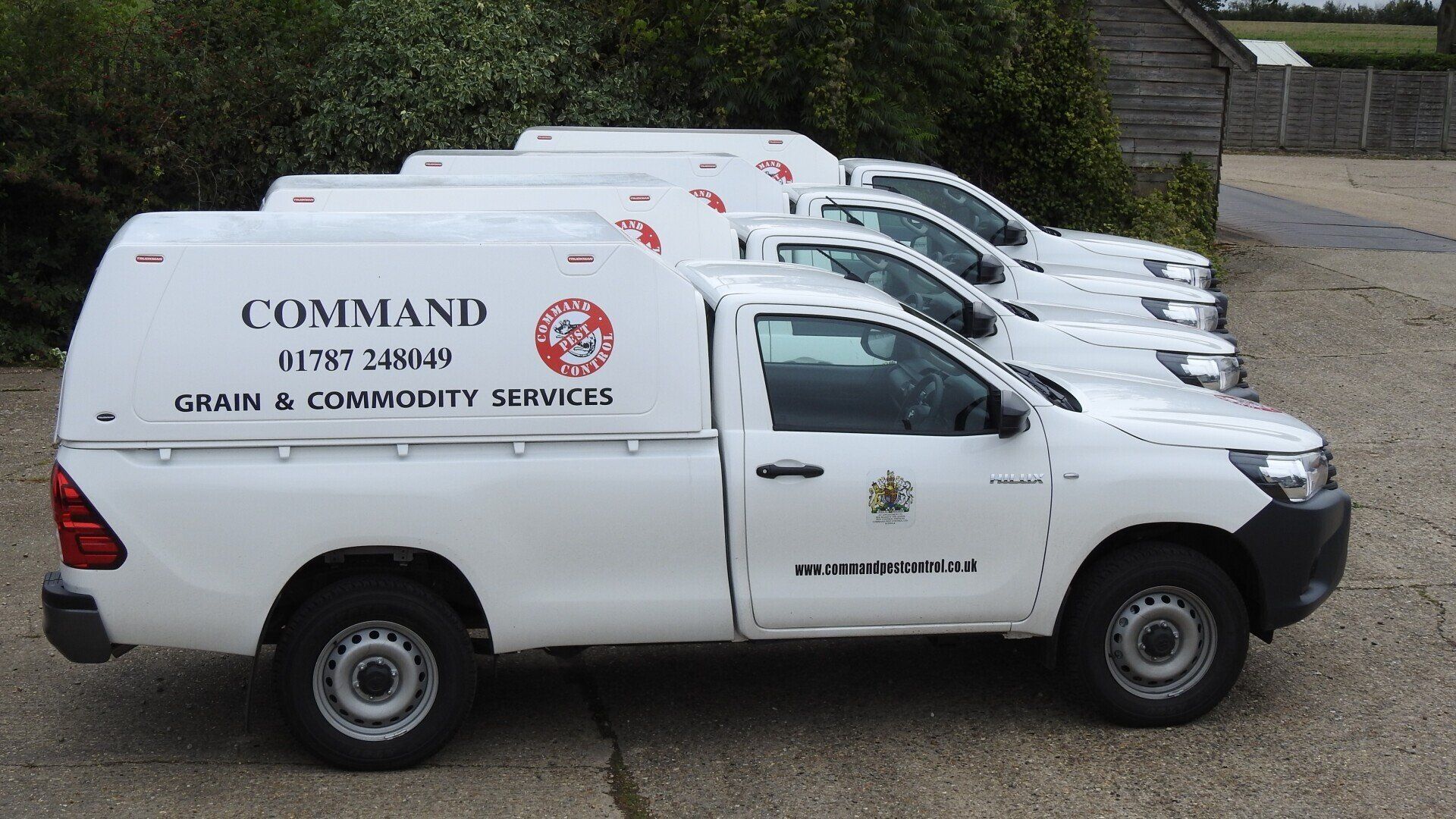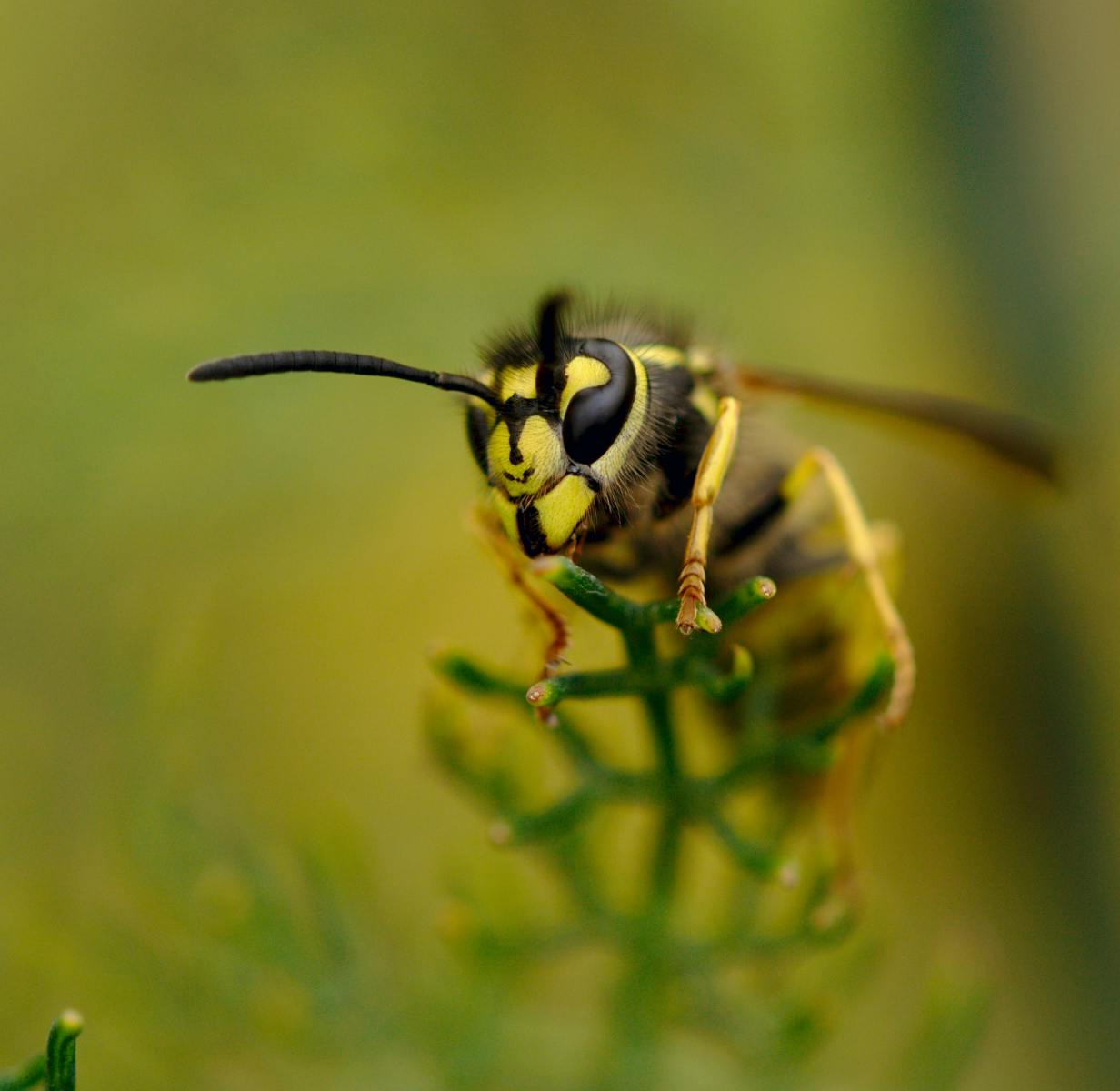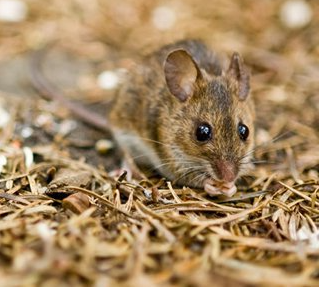Blog Layout
What does a wasp nest look like, and where are they found?
Command Pest Control • February 18, 2021
Common Appearance & Areas Where Wasp Nests are Found
Wasp nests are open-celled and paper-like, shaped similar to an umbrella. Depending on the species that made them, the wasp nest can very in size and appearance and be above or below ground. Above ground nests are generally grey or light tan in colour and round in shape. They usually have one entrance or exit hole and look like they are made of mud or a paper-like substance. Below ground nests are obviously underground and therefore are not visible. The only evidence of an underground wasp nest is the entrance hole, which will have many wasps entering and exiting on a consistent basis.
Wasps usually like to make their nests in places where they will not be disturbed. Above ground wasps often build nests on the undersides of eaves and soffits, under decks or stairs, behind shutters, near outdoor light fixtures, on mailbox stands and in other cracks or crevices around your property. It's not uncommon to find nests in your landscaping, trees, or bushes as well. Underground wasps tend to favour areas under rocks, below fallen branches or beneath concrete slabs, such as your driveway or patio.
Ranging in size from a few to a few hundred wasps, removing any nest yourself can be dangerous. Wasps are naturally aggressive and will sting readily when their nest is disturbed. Stings from a wasp can be extremely painful and cause swelling. If not taken care of properly, a sting can potentially get infected. Save yourself the time, aggravation and pain by hiring a professional to remove any wasps nests on your property. Call our experts today
for safe and effective wasp nest removal throughout East Anglia and the surrounding counties.






















